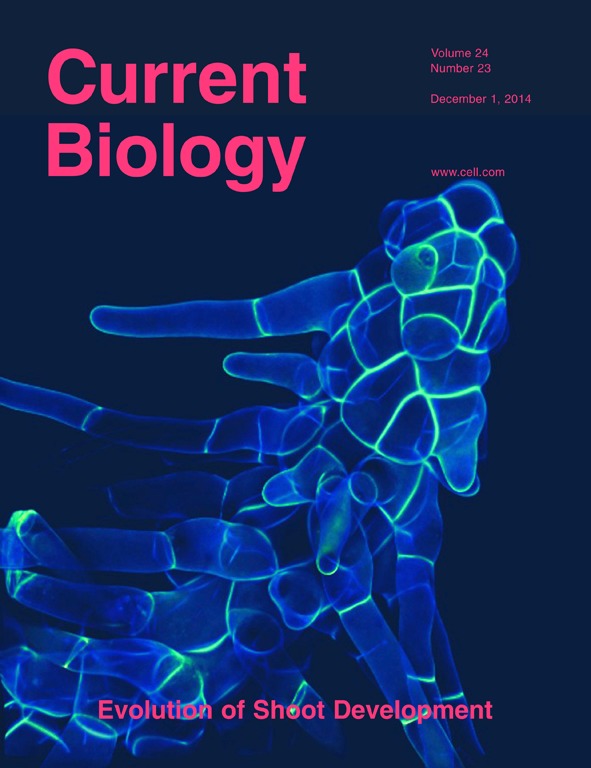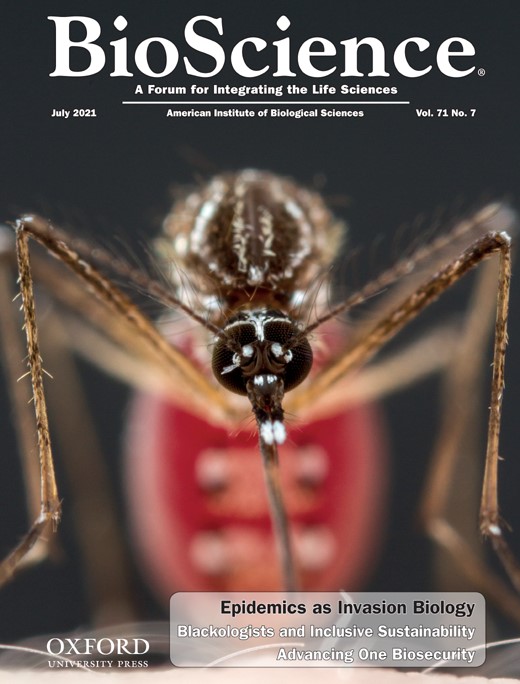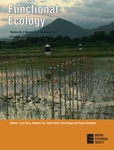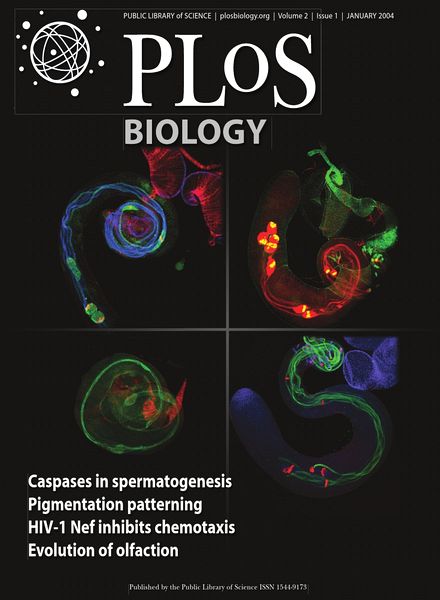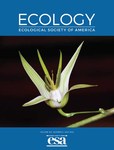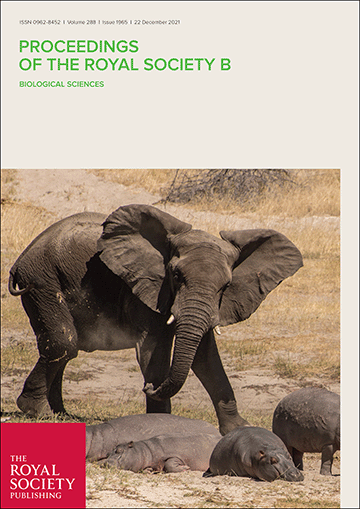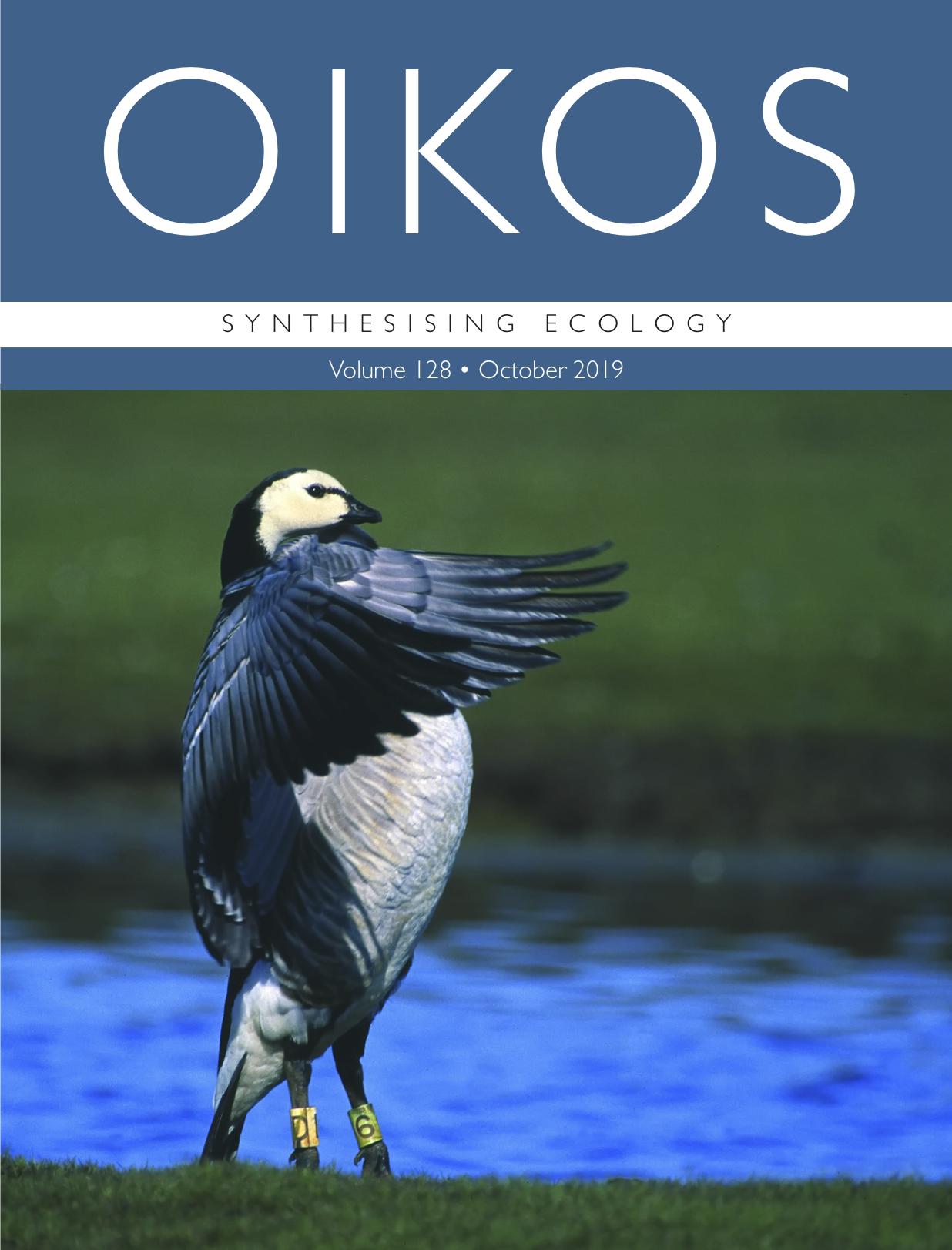- Programmbereich:1) Biodiversität im Wandel

Assessing environmental gradients in relation to dark CO2 fixation in estuarine wetland microbiomes
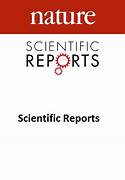
Globisporangium tabrizense sp. nov., Globisporangium mahabadense sp. nov., and Pythium bostanabadense sp. nov. (Oomycota), three new species from Iranian aquatic environments
Collective anti-predator escape manoeuvres through optimal attack and avoidance strategies
Im weiten, offenen Ozean, wo es keine Verstecke gibt, schließen sich Sardinen zum Schutz vor Raubfischen zusammen. Wenn sie sich nicht auf ihre Schnelligkeit verlassen können, um zu entkommen, müssen sie die Angreifer überlisten. Die Studie zeigt den Zusammenhang zwischen der Entstehung kollektiver Fluchtmuster von Beutetieren und den Angriffsstrategien der Jagenden auf.
A conceptual classification scheme of invasion science
Durch die Kombination von Expertenwissen u. Literaturanalyse wurde in der Studie ein konzeptionelles Klassifizierungsschema der Invasionswissenschaft entwickelt. Es ermöglicht, Veröffentlichungen u. Datensätze zu ordnen, Untersuchungen vorzuschlagen u. Wissenslücken zu ermitteln. Das Schema umfasst 5 große Themen, die in 10 Forschungsfragen unterteilt u. mit 39 wichtigen Hypothesen verknüpft sind.
Evidence for a by-product mutualism in a group hunter depends on prey movement state
Warum jagen Tiere in Gruppen? Die Autor*innen haben in einer Freilandstudie im Ozean vor Mexiko gezeigt: Je schneller sich der Beuteschwarm bewegt, desto höher ist die Fangrate der Gestreiften Marline. Denn ist der Beuteschwarm in Bewegung, können einzelne Tiere leichter isoliert werden. Diese werden dann von den nicht angreifenden Marlinen gefangen – ein Vorteil des gemeinsamen Jagdzugs.
Excess mortality of infected ectotherms induced by warming depends on pathogen kingdom and evolutionary history
The authors synthetized findings from 60 studies on infections in cold-blooded animals. These animals are highly dependent on the temperature of their environment, making them particularly vulnerable to climate change. The results show that mortality caused by bacterial infections increases when these animals are exposed to higher temperatures.
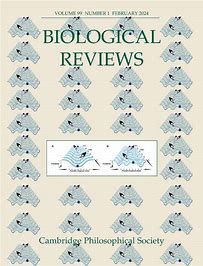
Taming the terminological tempest in invasion science
Eco-phenotypic feedback loops differ in multistressor environments
Die Autor*innen untersuchten, wie sich die Dichte-Eigenschafts-Rückkopplungsschleifen zweier Ciliatenarten entlang eines Temperatur- und Salzgradienten unterscheiden. Sie fanden heraus, dass stressige Umgebungen die Dichte-Eigenschafts-Rückkopplungsschleife von zwei Ciliatenarten entkoppeln.
Rapid growth and the evolution of complete metamorphosis in insects
Insekten durchlaufen eine vollständige Metamorphose. Die Autor*innen haben die Frage untersucht, warum sich diese extreme Lebensweise entwickelt haben könnte. Sie kombinierten Wachstumsdaten und mathematische Modellierung und fanden heraus, dass Insekten viel schneller wachsen, wenn sie das Wachstum und den Aufbau des erwachsenen Körpers in zwei getrennten Schritten durchführen.


